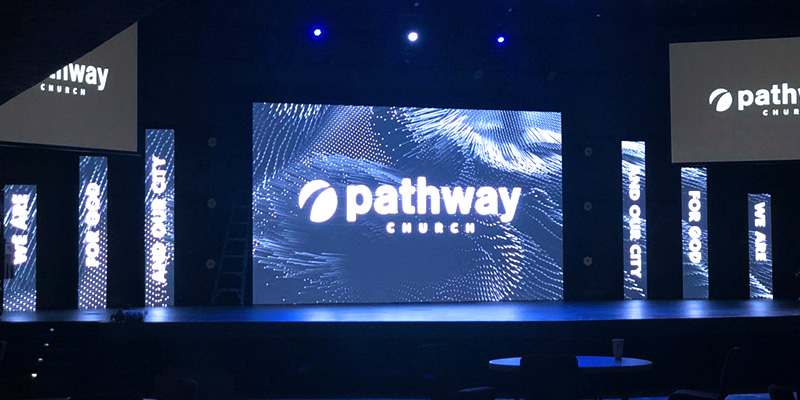Novel Methods to Enhancing Mobile Linkage Solutions for Luminescent Wall Screens.
Wiki Article
Untethered connectivity solutions for Light Emitting Diode wall panels have transformed the way we experience visual interfaces in various settings, such as concerts, conferences, and promotional displays. These units, known for their high-impact colors and high resolution, rely heavily on strong wireless networks to function effectively. As digital infrastructure continues to advance, innovative approaches are being developed to enhance these wireless frameworks. This discussion will examine some of the latest strategies aimed at boosting wireless connectivity for Luminescent Diode wall panels.

One significant method to enhancing wireless communication is the use of advanced antenna systems. Antennas play a critical role in transmitting and capturing signals between devices. By utilizing smart antennas, which can adapt their orientation and focus based on the surroundings, engineers can significantly enhance signal integrity and reliability. This adaptability helps reduce disruption from other electronic systems and barriers, leading to clearer video quality and more consistent connections for LED wall displays.
Another innovative strategy entails utilizing mesh networking systems. Unlike traditional wireless configurations that rely on a single access point, mesh systems consist of multiple nodes that collaborate to extend the internet signal over a broader area. This structure ensures that LED wall screens receive a steady signal regardless of their location. In spaces like arenas or large exhibition halls, where physical barriers may interfere with signals, mesh networks provide a more reliable framework by ensuring signal integrity even in crowded environments.
Moreover, integrating edge computing into wireless communication systems can boost efficiency for Light Emitting Diode wall displays. Edge computing enables data handling to occur near the source of data origination rather than depending entirely on centralized cloud infrastructure. By analyzing data at the edge of the Luminescent Diode wall units, the system see this page reduces latency, resulting in webpage quicker response times and more fluid video rendering. This innovation is especially advantageous for use cases that demand real-time responses or interactive features, making presentations more immersive for audiences.
Lastly, leveraging new transmission standards can also enhance wireless connectivity for LED wall panels. Protocols such as Wi-Fi 6 and 5G offer greater bandwidth and accelerated data transfer rates compared to previous standards. These technologies allow multiple devices to connect simultaneously without compromising performance. As Luminescent Diode wall displays are often paired with other smart devices, implementing these advanced protocols guarantees that all systems can interact seamlessly, leading to an significantly improved user experience.
To summarize, the advancement of wireless communication technologies for Light Emitting Diode wall displays is essential as technology continues to advance. Through developments such as intelligent antennas, mesh networking systems, edge computing integration, and new data transmission standards, producers can deliver better performance and reliability. These approaches not only enhance the capabilities of Luminescent Diode wall units but also elevate the visual experiences they offer across multiple applications. As these advancements continue to progress, viewers can anticipate even more impressive displays in the coming years.